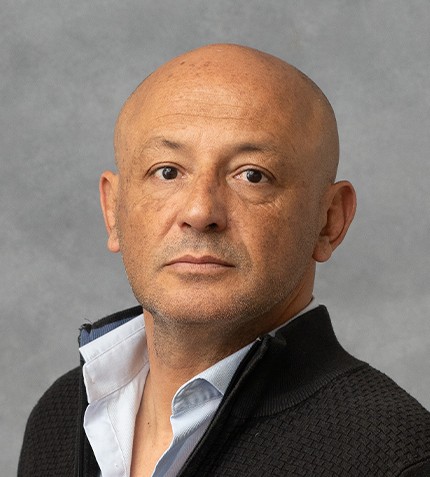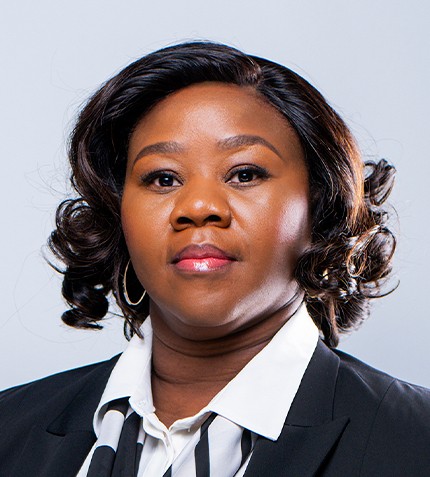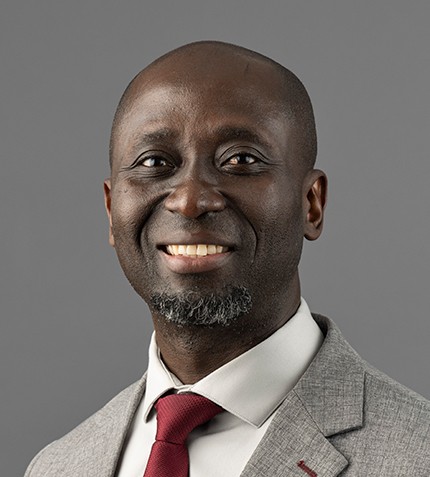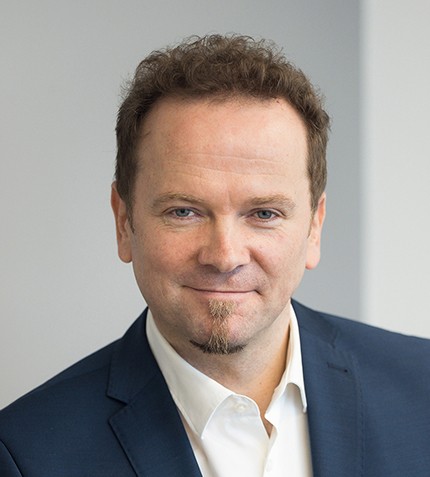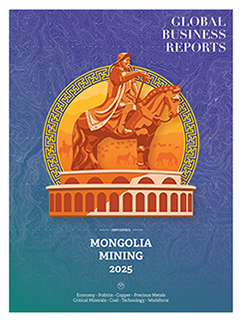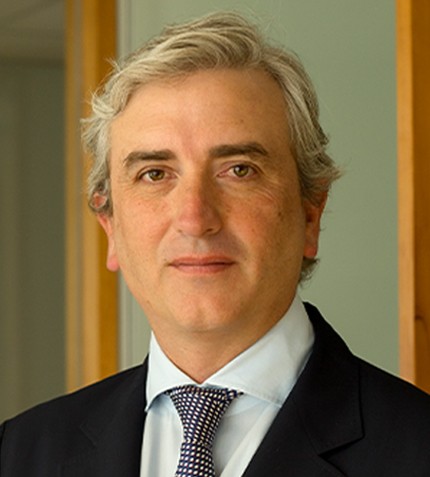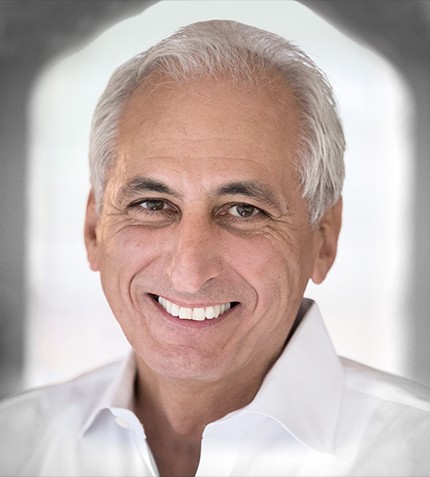
"When we did our proof of concept, we were able in 11 weeks to determine results that would have taken three years for a company to discover without our platform."
Raymond Vennare
CEO, PREDICTIVE ONCOLOGY
Can you present Predictive Oncology and your vision as CEO since November 2022?
When Predictive Oncology was founded in 2009, it pursued a strategy of acquiring smaller companies and technologies which were tangential to the services that we now provide in the field of drug discovery and drug development. We began to look at industry trends which led us to consolidate various business units and move the majority of our operations to Pittsburgh, Pennsylvania, which is the epicenter of our business and where we have our CLIA-certified laboratory. This is where we developed our PEDAL platform which combines artificial intelligence with CLIA lab-scientific capabilities, and a biobank of over 150,000 tumor samples for 137 tumor types. Beyond the platform, we have a program for technology transfer offices within academia where we will work to analyze the molecules or the compounds that they may have for oncology applications and help them create value for their assets so that they can be licensed. We refine those molecules and compounds to identify those that have the best chance of moving into development, and then we share the revenue generated once they go into drugs.
How can pharma leverage CORE and PEDAL to change the landscape of oncology and drug discovery?
When we acquired Quantitative Medicine, we acquired the CORE (Computational Research Engine) platform, which is designed specifically to look at drug discovery applications. PEDAL is the AI engine that we use to query the molecules or compounds provided by pharma companies; it rides on top of the machine learning provided by CORE. The platform is iteractive, meaning that every time information is entered into the system, CORE learns by making new associations and generating new and more useful information. For instance, a biopharma company will come to us and ask about the likelihood of compounds moving from discovery (pre-clinical stage) to development (clinical). Because it is active learning, PEDAL can predict the likelihood or probability of success with a high degree of confidence. We are entering into agreements where pharma comes to us with a library of molecules. We are asked to find only those molecules that have the greatest likelihood of success for specific indications. By getting to a ‘no’— that is, identifying 10 molecules that have no chance of clinical success versus another set of 10 molecules that have a 98% chance — we have just eliminated years of research and many millions of dollars in pre-clinical or clinical experimentation. When we did our proof of concept, we were able in 11 weeks to determine results that would have taken three years for a company to discover without our platform.
Can you present ChemoFx and how technology can help filter chemotherapies that will not work?
The ChemoFx Assay is an assay that was designed to predict the sensitivity and resistance of a given patient's solid tumor to a variety of chemotherapy agents. The information derived from this analysis is used to score a tumor's response to each ex vivo treatment as "responsive," "intermediate response," or "non-responsive." Broadly, personalizing the treatment of cancer is the driving force behind much of oncology drug discovery today. Whether it is immunotherapy, chemotherapy, cell therapy, gene therapy, or radiation therapy — the modality does not matter. This is where we add value: precision oncology is about predicting the likelihood of the success of these potential therapies.
Roche recently announced that two very promising drugs had failed in Phase 3 clinical trials — one for Alzheimer’s disease and one for cancer. Imagine if we were able to go back in time (and tens of millions of dollars) to challenge those molecules in silico using artificial intelligence and machine learning, to determine the probability of success for those two drugs. Even now, we could retrospectively determine this unfortunate outcome well in advance of clinical trials. This is what we did when we validated the PEDAL platform: we retrospectively performed hands-on testing of 175 FDA-approved drugs using 130 ovarian tumor samples.
How do you assess the penetration rate of AI in the life sciences industry?
Regulatory compliance has always been an issue, specifically FDA compliance. Until the FDA was able to understand how best to evealuate and regulate as a medical device and decision support tool, it would have been virtually impossible to develop drugs using that technology. To the extent that guidelines have been developed and policies are in place, the FDA itself now has the domain expertise and technical support to reliably clear or approve a device or a drug, that hurdle has been removed.
What are the milestones ahead for Predictive Oncology?
This year Predictive Oncology will launch our PEDAL platform and drive adoption. Our goal is to announce the fact that we have nurtured a meaningful relationship with at least one large biopharma company, and that we are able to identify a molecule or compound that will go directly into development. If that happens, our barriers to entry will disappear and the doors to biopharma will open. Once it is adopted, Predictive Oncology becomes a major player in the drug discovery and development ecosystem. The ultimate goal of creating pipelines for these huge players begins with driving adoption in 2023.




